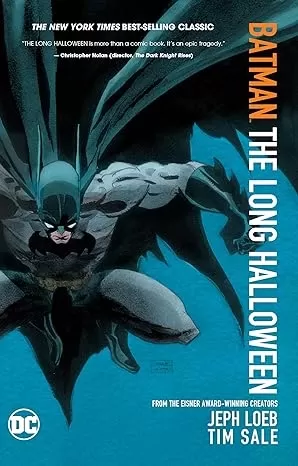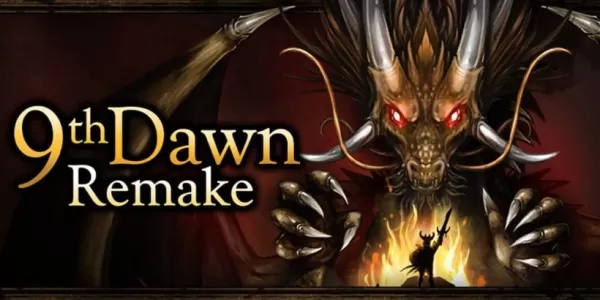
Few could have predicted that Doom: The Dark Ages would evoke memories of Halo 3. Yet during a recent hands-on session with id Software's gothic prequel, I found myself mounted on a cyborg dragon's back, unleashing machinegun fire across a demonic battle barge's hull. After neutralizing its defenses, I landed my mechanical beast and carved through the vessel's interior corridors, reducing its crew to crimson pulp before blasting through the hull to continue my holy crusade against Hell's war machines.
Fans of Bungie's iconic Xbox 360 shooter will immediately recognize the parallels to Master Chief's assault on Covenant scarabs. While trading helicopters for holographic-winged dragons and mechs for occult airships, the fundamental experience remains: thrilling aerial assaults transitioning into devastating boarding actions. Surprisingly, this wasn't the only Halo-inspired moment during my demo. While the combat retains Doom's signature intensity, the campaign design embraces late-2000s shooter sensibilities with elaborate cutscenes and novel gameplay sequences.
Across two and a half hours, I experienced four distinct levels. Only the opening chapter mirrored the tight, polished design of recent Doom entries. The remainder featured me piloting a colossal mech, commanding my cyber-dragon, and exploring expansive battlefields filled with secrets and miniboss encounters. This departure from Doom's purity evokes Halo, Call of Duty, and even classic James Bond games with their signature setpieces and temporary gameplay diversions.
A Surprising Return to Scrapped Concepts
This direction proves particularly fascinating considering id Software's previous rejection of such approaches. The canceled Doom 4 famously leaned into Call of Duty-style storytelling with cinematic pacing and scripted sequences before being scrapped in favor of 2016's more focused reboot. Yet nearly a decade later, The Dark Ages resurrects many of those abandoned ideas - just executed differently.
The demo opened with an uncharacteristically lengthy cinematic introducing Argent D'Nur's lore through dramatic staging, complete with Night Sentinel NPCs populating environments like Halo's UNSC Marines. While never joining combat during my session, their presence creates a greater sense of being part of a larger military force - with your Slayer as its unstoppable vanguard.
Gameplay transitions jarringly between Doom's signature intensity and simplified vehicle segments. The Atlan mech delivers slow, deliberate combat against demonic kaiju, while dragon sections offer fast-paced aerial assaults from a third-person perspective. While the core gunplay remains brilliant - now enhanced with shield parries and brutal melee combos - these setpiece sequences feel mechanically shallow by comparison.

Expanding the Battlefield
The demo's strongest moments came during "Siege" - an open battlefield level that maintained Doom's exceptional gunplay while expanding its typically confined arenas into vast combat zones. Destroying five Gore Portals across shifting geography forced tactical reconsideration of every weapon's effective range and movement options, evoking Halo's scale without sacrificing intensity.
Questions remain about whether these experiments will enhance or dilute Doom's essence. While the series has historically thrived on purity, there's undeniable excitement in seeing id Software attempt to integrate these concepts better than their initial Doom 4 iteration. What becomes clear is that when grounded in Doom's peerless combat - whether navigating claustrophobic corridors or sprawling battlefields - The Dark Ages delivers the adrenaline-fueled carnage fans crave.
























